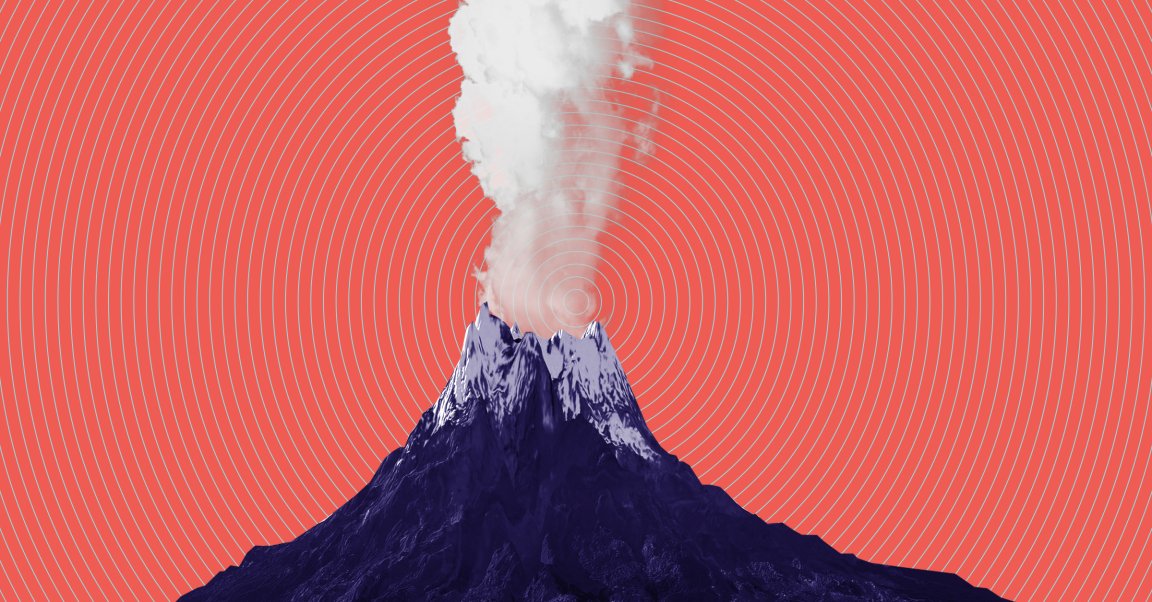
ASH-ANALYZING AI. The shape of a particle of volcanic ash can help volcanologists determine the type of eruption that produced it, which can help response teams know how to react in the aftermath of an eruption. For example, it might let them know how large of an area to evacuate. But in the past, categorizing ash was time-consuming, subjective, and reliant on the availability of highly trained experts.
Now, scientists from the Earth-Life Science Institute at the Tokyo Institute of Technology have developed an artificial intelligence (AI) program that analyzes volcanic ash particles to determine their shape. The scientists detail their research in a paper published in May in the journal Scientific Reports.
TRAINING THE CNN. The Tokyo team’s AI is what’s known as a convolutional neural network (CNN), a kind of AI frequently used to analyze images. To train it, the researchers used an automated particle analyzer to generate thousands of two-dimensional images of ash particles.
Then, they manually classified the particles into four base shapes: blocky, vesicular, elongated, or rounded. Some particles were a combination of shapes. Next, they fed their CNN 200 images of particles that fit neatly into each category, using those images to teach it to categorize the particles based on certain parameters (for example, rounded particles should have a high degree of circularity).
PASSING THE TEST. After training, the team tested their CNN using about 40 other images of each type of particle. They found that the system was 92 percent successful in accurately categorizing an image. For images it couldn’t categorize, it provided probability ratios (for example, a 90 percent probability that a particle is vesicular and a 10 percent probability that it’s blocky).
As is, the system could already prove useful in eruption response efforts, but the researchers hope to upgrade their CNN to analyze additional aspects of volcanic ash, including its color and texture, providing even more valuable insights into the type of eruption behind the ash.
READ MORE: Using Artificial Intelligence to Understand Volcanic Eruptions From Tiny Ash [Tokyo Institute of Technology]